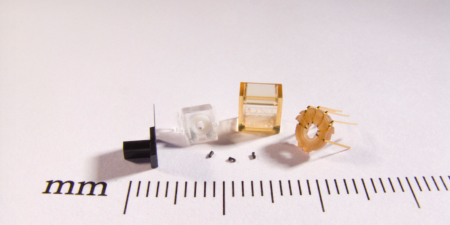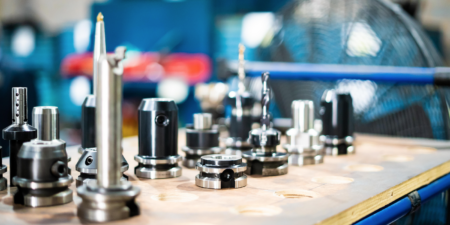With motorsports exceptionally low down on the list of priorities right now, car enthusiasts are…
Browsing: Features
A number of considerations must be understood for the manufacturing of small parts and components, to ensure they are manufactured right first time. Let’s get some insight into what design engineers need to consider when designing for precision and micro moulding applications
Le Mans winner Andy Wallace has been test driving Bugatti’s hypercars and training its customers since 2011. Wallace shares his views on the transition from racetrack to luxury, and what he thinks of advances in automotive engineering. One thing’s for sure: he isn’t slowing down
A steering system specialist explains the impact of poor flexibility on vehicle design, but also whether design constraints can be a good thing
Display technology for driving simulators is evolving. Cruden explains the technology and how it is preparing its first LED wall system for high-end driving simulators. LED panel technology is not just for billboards…
Fabio Quartararo, a rider with the Petronas Yamaha Sepang Racing Team tells us how he’s…
40% of a vehicle’s architecture now consists of electronics such as stability control systems, so cybersecurity is one of the most pressing challenges now facing the automotive industry. Prioritising operational resilience from the design stages of a vehicle is a must for ensuring safety, security and functionality
While regulation is useful as an enabler for technical advancement and technology diffusion, it is difficult to achieve this in practice for CAVs
The first weekend in February 2020 saw the running of the Bathurst 12-hour event in the V8 Supercars series, Australia’s most popular racing class. The same weekend in 2019 saw the Brabham BT62 set the fastest time ever for a closed-wheel vehicle around Bathurst, Australia’s most famous racing circuit. So just how fast was that lap, and how did Brabham’s dynamicists achieve it?
Continued investment in EV and CAV technologies are key 2020 trends driving increasing R&D costs, says engineering consultancy Horiba MIRA, which also expects further industry restructuring to prioritise R&D funding, as well as collaboration between start-ups, major OEMs, the supply chain and governments to prioritise new growth areas











